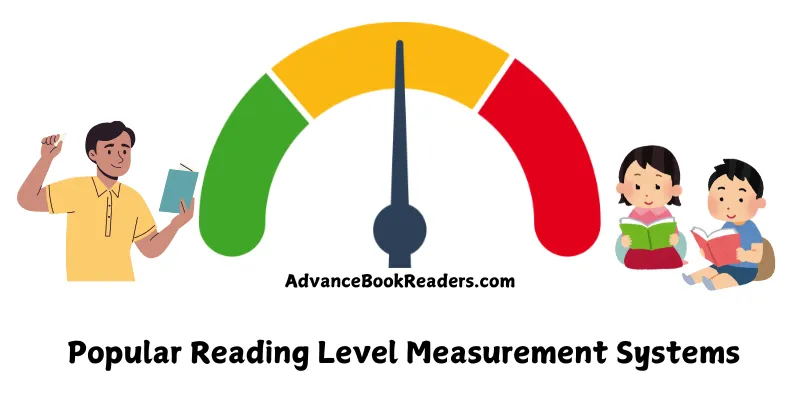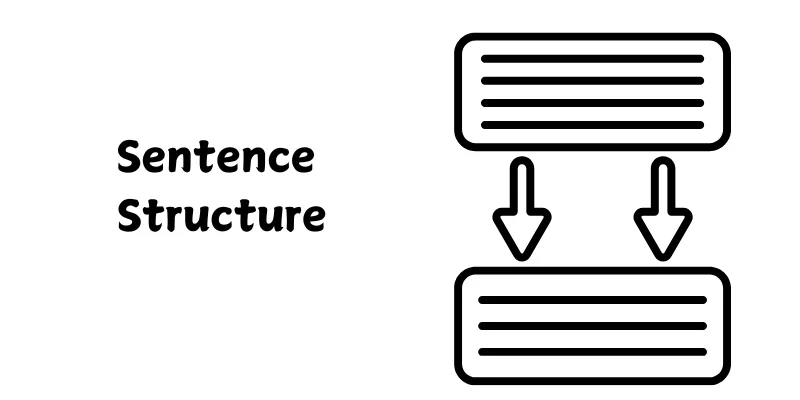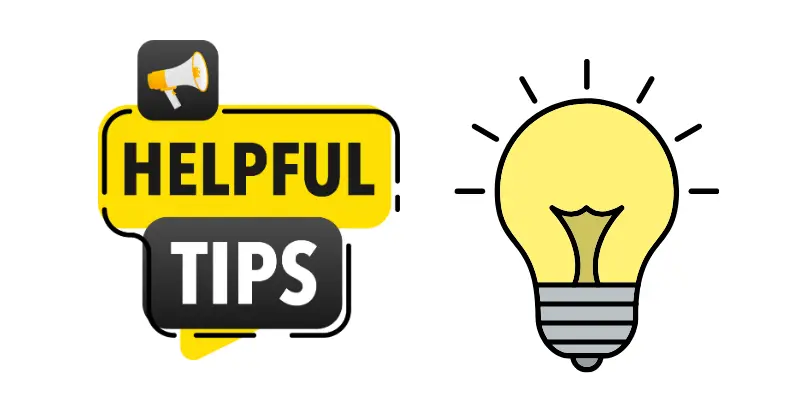How to Determine Reading Level of a Book
Updated: 06 Jun 2025
262
Reading the right book at the right level can make a huge difference, especially for growing readers. Picking a book that matches a reader’s skill helps build confidence and keeps the joy of reading alive.
But how can you tell if a book is the right reading level? That’s a common question for parents, teachers, and even adult readers.
In this post, we’ll explore simple and practical ways to find a book’s reading level. Whether you’re helping a child or choosing a book for yourself, you’ll learn helpful tips, examples, and easy methods to make smart reading choices. Let’s dive in and make reading both fun and fitting!
What is a Book’s Reading Level?
Understanding Reading Level
A book’s reading level shows how hard or easy it is to read and understand the book. It’s like a guide that helps readers find books that match their reading ability.

Some books have simple words and short sentences. Others have difficult words, complex ideas, or longer chapters. The reading level tells you where the book stands.
Why It Matters
Choosing the right reading level is important because:
- It helps build reading skills step by step.
- It keeps readers from feeling bored or frustrated.
- It supports learning and understanding.
For example:
- A beginner reader might enjoy Green Eggs and Ham by Dr. Seuss.
- A middle-grade reader might love Percy Jackson and the Olympians by Rick Riordan.
- A more advanced reader might handle Harry Potter and the Order of the Phoenix by J.K. Rowling.
Key Reading Level Systems
There are several ways to measure reading levels. Here are the most common:

- Lexile Measure: Shows reading ability and book difficulty using a number, like 500L or 850L. Higher numbers mean more challenging books.
- Grade Level Equivalent (GLE): Tells the school grade the book fits best. For example, a 3.5 reading level fits a third grader in the fifth month.
- Fountas & Pinnell (F&P): Uses letters A to Z, where A is easiest, and Z is hardest.
- Developmental Reading Assessment (DRA): Uses numbers starting from 1 for beginners to 80 for advanced readers.
| 👉 Example: |
|---|
Charlotte’s Web by E.B. White has a Lexile level of 680L and a GLE of 4.4, which means it’s perfect for readers in fourth grade. |
How to Check a Book’s Reading Level – Methods and Tips
1. Check the Book Itself
Some books list their reading level on:
- The back cover
- Inside the first few pages
- On the publisher’s website
📚 Example: Many children’s books like Magic Tree House or Junie B. Jones mention the Lexile level or Grade Level on the cover or inside.
Pro Tip: If the book is part of a series, the reading level usually stays about the same across the books.
2. Use Online Tools and Databases
There are free websites that can help you find a book’s reading level. Here are a few you can try:

- Lexile.com: Search by book title to find the Lexile measure.
- Scholastic Book Wizard: Gives you Grade Level Equivalent, Lexile, Guided Reading Level, and DRA.
- AR BookFinder (Accelerated Reader): Shows ATOS level and suggested grade.
🖥️ Example: When you search Diary of a Wimpy Kid on Lexile.com, you’ll find it’s 950L, good for readers in upper elementary or early middle school.
3. Use the Five-Finger Rule
This is a simple, quick way to judge if a book is too easy, just right, or too hard.
Here’s how it works:
- Open a random page.
- Read it and hold up a finger each time you find a word you don’t know.
- 0-1 fingers: The book may be too easy.
- 2-3 fingers: The book is just right.
- 4-5 fingers: The book may be too hard.
Tip: This method works well for kids when they are choosing books by themselves.
4. Look at Sentence Length and Word Difficulty
A rough way to guess reading level is to look at:

- How long the sentences are
- How hard the words are
📚 Example:
- The Cat in the Hat → Short sentences, simple words → Early readers.
- The Hunger Games → Longer sentences, complex words → Older readers.
Quick Tip: If the book has many pages without pictures, it’s usually written for a higher reading level.
5. Ask a Librarian or Teacher
Sometimes, the easiest way to find out is to simply ask a reading expert.
- Librarians often know the reading levels of popular books.
- Teachers can guide you based on school reading charts.
Pro Tip: Libraries often label books by reading level or age group to make the search easier.
6. Use Readability Formulas
If you want to check reading levels by yourself, you can use readability formulas. These formulas look at sentence length and word difficulty.
Some popular ones are:
- Flesch-Kincaid Grade Level
- SMOG Index
- Gunning Fog Index
Many free online tools can calculate these scores if you copy and paste a part of the book.
Example:
- A text with shorter sentences and simple words might have a Flesch-Kincaid score of Grade 2.
- A text with longer sentences and hard words might score Grade 8 or higher.
Tip: These formulas are helpful for parents and teachers who want to double-check a book’s level.
Final Tips to Choose the Right Book

✔️ Watch the Reader’s Interest
Even if a book is the “right” level, it won’t help if the reader isn’t interested. Always pick books that match the reader’s hobbies or favorite topics.
✔️ Balance Challenge and Comfort
It’s good to pick books that are just a little bit challenging, but not so hard that the reader gives up. This keeps learning exciting without causing frustration.
✔️ Mix Reading Levels
Sometimes it’s helpful to read a mix of books:
- Easy books build speed and confidence.
- Just-right books grow skills.
- Challenging books push learning forward.
✔️ Check Progress Often
Reading levels can improve quickly, especially for kids. Keep checking every few months to see if they’re ready for more complex books.
✔️ Remember, Reading Level is a Guide, Not a Rule
Some readers love to explore books above their level if they’re passionate about the story. Others prefer comfort reads. Both are perfectly fine!
Conclusion
Finding the right reading level is like finding the perfect pair of shoes—it should be a good fit, not too tight or too loose. When you choose books that match a reader’s ability, you help them enjoy reading more and build their skills naturally.
From checking the book itself to using online tools, five-finger tests, and expert help, there are many easy ways to figure out a book’s reading level. Most importantly, the best book is the one that keeps the reader excited to turn the page. Whether you’re a parent, teacher, or reader yourself, knowing how to check reading levels will help you or your loved ones enjoy reading journeys that are just right.
FAQs
1. What does reading level mean?
Reading level shows how easy or hard a book is to read. It helps readers pick books that match their reading skills.
2. How can I quickly check a book’s reading level?
Look for the reading level on the book cover, inside pages, or the publisher’s website. You can also search the title on Lexile.com or Scholastic Book Wizard.
3. What is the five-finger rule?
The five-finger rule helps you quickly test if a book is too easy, too hard, or just right by counting unknown words on a page.
4. Can adults use reading levels to choose books?
Yes, reading levels help adults find books that match their comfort or learning level, especially when starting a new language or skill.
5. Is it okay to read books below my reading level?
Absolutely! Easy books can build speed and confidence. Reading for fun is always a good choice.
Please Write Your Comments